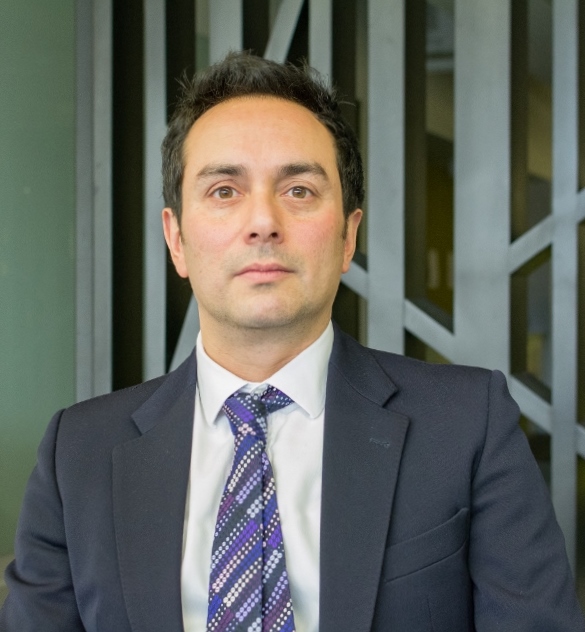New research shines light on death by driving sentencing

Professor Cyrus Tata
New research co-authored by Strathclyde University’s Professor Cyrus Tata shines light on the sentencing of causing death by driving offences.
Published by the Scottish Sentencing Council, the report of the research study, the first of its kind in Scotland, investigates public knowledge and attitudes to sentencing. It also examines the views and experiences of bereaved family members about the criminal justice and sentencing process.
The research explores what members of the public know including about: the range of causing death by driving offences; views of harm and culpability; perceptions of sentencing.
The research then asked members of the public to consider specific anonymised case-scenarios.
Bereaved family members also reported their experiences of criminal justice and sentencing in particular.
Professor Tata said: “Causing death by driving offences is a particularly difficult area for judicial sentencers and policy-makers. Such cases invariably involve the highest level of harm, but entail varying levels of culpability.
“Our research found public knowledge in this area to be patchy. But by using case-scenarios our research was able to compare what sort of sentence people would prefer to see passed with what people think is typically passed. This could then in turn be compared with the actual sentence which is normally passed in such circumstances.
“We were also able to see how different kinds of information about the circumstances of the offence and offender affected people’s views and expectations.
“As well as examining public perceptions, our research also documents the experiences of bereaved family members. It is impossible not to be moved by their testimony and we are most grateful to them for sharing their painful experiences with us.
“Our research raises significant questions about how criminal justice and sentencing practices are communicated to and with bereaved family members, as well as with members of the public more generally.”



